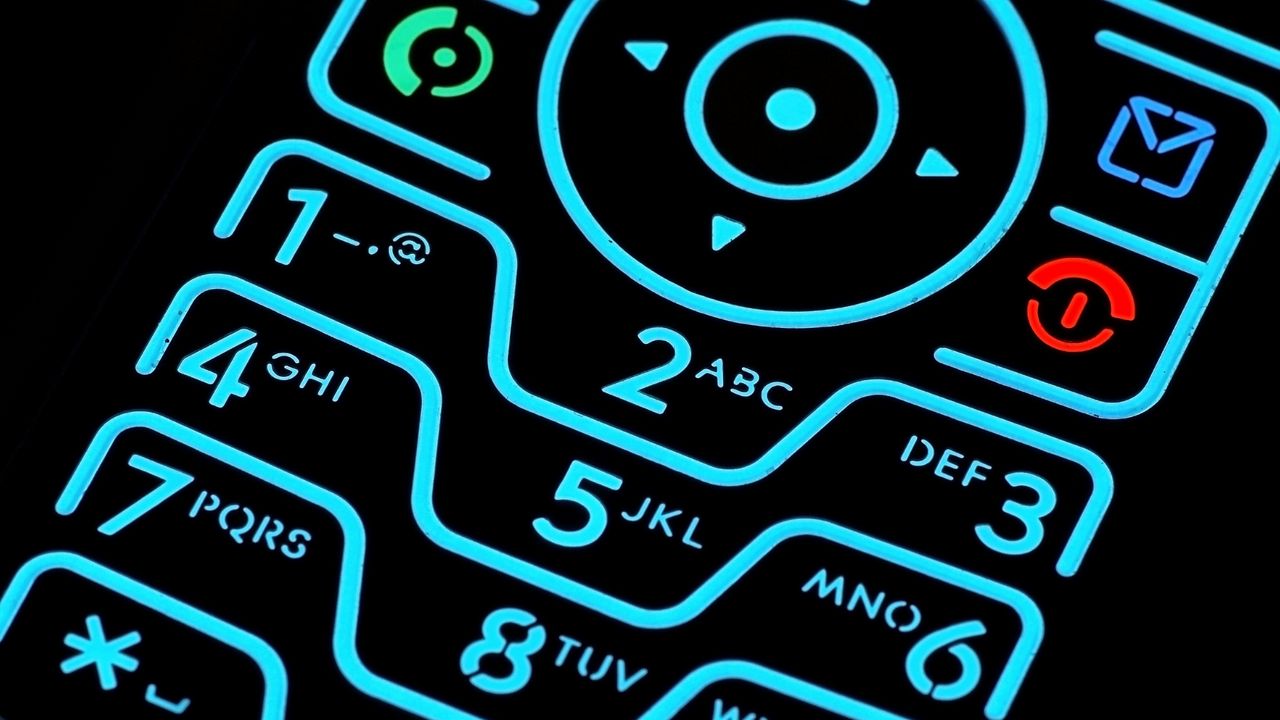In Los Angeles, it was the addition of 323. In New York City, 917. Now the geographic region served by the 909 area code is making room for another telephone prefix: 840.
Starting Saturday, anyone calling a 909 number will need to dial “1” plus the area code plus the telephone number for the call to go through, even if they live in the same area code. The new dialing protocol is part of a system to allow a continuous supply of new phone numbers for the southwestern portion of San Bernardino County, the eastern part of L.A. County, and slivers of Orange and Riverside Counties currently served by an area code that’s synonymous with the Inland Empire.
Individuals and businesses that currently have 909 telephone numbers will not need to change them. Customers requesting new or additional telephone numbers will be assigned either a 909 or 840 area code depending on availability; the new 840 numbers will begin to be placed in service February 23.
The change has been in the works since 2017, when the North American Numbering Plan Administrator applied to the California Public Utilities Commission to introduce a new area code to the region currently served by 909, which is expected to be depleted of available prefixes by the third quarter of 2021.
“The 840 area code was picked because it doesn’t conflict with any adjacent area codes, and there are no dialing conflicts that will arise when the new area code is implemented,” said Heidi Wayman, data management manager for NANPA, the agency tasked with area code relief planning on behalf of the U.S. Federal Communications Commission.
The 909/840 area code overlay is the 12th to be enacted in the state. The 909 area code was itself created in 1992, when the 714 area code was becoming overburdened. The 909 area code is currently bordered by the 740 and 442 area codes to the north and east, the 626 area code to the west, the 951 area code to the south, and the 714 and 657 area codes to the southwest.
Big Bear Lake, Claremont, Diamond Bar, Ontario, Pomona, and Upland are among the communities that will be affected by the newest area code overlay and its subsequent dialing protocol.
One of the last bastions of affordable housing and warehouse space in Southern California, the Inland Empire has seen a steady uptick in population over the past several years. According to UC-Riverside’s Inland Empire Economic Forecast for 2021, the Inland Empire’s employment growth is outpacing the rest of the state, helped by the rise of e-commerce and the region’s critical role in servicing it with transportation and warehouses.
While L.A., San Diego, and Orange Counties have seen net population declines, the Inland Empire is seeing increased domestic migration, with Ontario, Fontana, Beaumont, and Chino among the cities that have seen the most residential growth, the report said.
It’s this growth that's contributing to the need for an additional area code.
“In recent years, a combination of new technologies and increased consumer demand for regular telephones in homes and offices, cellular and PCS phones, pagers, lines used for fax machines, modems, internet access, and other uses have strained existing telephone number resources,” Wayman said.
New local telephone service providers also need telephone numbers to provide service to their customers, she added. “All of these factors have resulted in an increased demand for numbers here in this state. As a result, telephone number shortages have occurred at the prefix level.”



